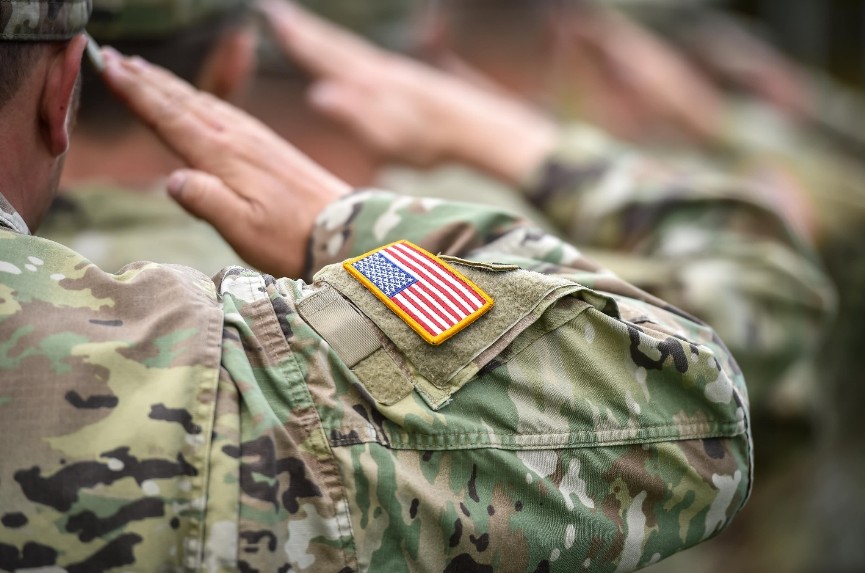In the high-stakes world of business, just like on the battlefield, success often hinges on preparation, agility, and precision. While the environments differ in gravity and consequence, the tools and strategies used in military operations offer surprising—and powerful—insights for business leaders navigating competitive markets. Strategic planning in the military is not just about engaging in combat; it’s about aligning resources, managing risks, preparing for uncertainty, and executing with discipline. These principles are highly transferable to business operations and can significantly boost organizational efficiency, responsiveness, and resilience.
The Structure Behind Strategic Planning
At the heart of military strategy lies structure. Every operation—from a tactical maneuver to a full-scale campaign—follows a clear chain of command and a defined planning framework. This clarity allows for alignment at every level of execution, ensuring that objectives, responsibilities, and expectations are communicated effectively.
In business, applying a similar structured approach can prevent confusion, reduce redundancy, and optimize coordination. One model borrowed from the military is the OODA Loop (Observe, Orient, Decide, Act), developed by U.S. Air Force Colonel John Boyd. This decision-making framework emphasizes rapid iteration and situational awareness—traits that are critical in a fast-paced business environment.
For instance, a company preparing to launch a new product must first observe the market landscape, orient itself to consumer behavior and competitor activity, decide on the right strategy (pricing, messaging, timing), and act on that plan. The loop doesn’t end there. Like military units adapting in real time, businesses must constantly re-engage with the OODA loop to adjust strategies based on feedback and market shifts.
Contingency Planning: Expecting the Unexpected
One of the most valuable aspects of military planning is its emphasis on contingency. Military leaders know that no plan survives first contact with the enemy. As a result, they create multiple scenarios and develop alternative courses of action for each. They run simulations, plan for logistics failures, adverse weather, or enemy counter-moves—building a culture of preparedness and resilience.
In business, especially in uncertain or volatile industries, contingency planning is equally vital. A marketing campaign might not land as expected. A key supplier could suddenly fold. A PR crisis might arise out of nowhere. Businesses that plan only for the best-case scenario risk being blindsided by disruption.
Organizations can benefit from adopting military-style “war gaming” or scenario planning. This involves cross-functional teams role-playing different outcomes based on variable conditions—market downturns, cybersecurity breaches, shifts in regulations, or a competitor’s aggressive pricing strategy. The goal isn’t to predict the future but to become more agile and responsive when changes occur.
During the COVID-19 pandemic, businesses with robust contingency plans fared better than those without. Companies that had diversified supply chains, digital capabilities, or cash reserves were able to pivot quickly, while others faltered under the weight of disruption. Much like how military forces rehearse responses to crises, these businesses had rehearsed flexibility.
Logistics: The Backbone of Execution
Logistics is often called the “lifeblood” of military operations—and for good reason. An army cannot succeed without the effective movement of troops, supplies, and information. Military logistics encompasses transportation, communication, equipment maintenance, and supply chain management—disciplines that are directly relevant to the business world.
In business, logistics underpins operational efficiency. From inventory management and production scheduling to customer fulfillment and returns, seamless logistics can make or break a company’s reputation and profitability. Learning from military precision in logistics means integrating systems, using real-time data to manage assets, and preparing backup plans in case of disruption.
Modern businesses can take a page from the military’s use of logistics software, predictive modeling, and decision-support systems. Technologies like enterprise resource planning (ERP), supply chain management platforms, and artificial intelligence help businesses forecast demand, identify bottlenecks, and allocate resources effectively. Just as a military unit tracks fuel levels and ammunition availability, businesses must track inventory turnover, shipping lead times, and vendor reliability.
Communication and Leadership: Command and Clarity
In the military, clarity of communication is non-negotiable. Orders must be understood immediately and acted upon without confusion. This is achieved through standardized language, briefings, after-action reports, and a culture of accountability.
Business leaders can emulate this by standardizing internal communication, aligning teams with clearly defined goals, and encouraging feedback loops. High-performing organizations use tools like the RACI matrix (Responsible, Accountable, Consulted, Informed) to ensure role clarity. They conduct regular debriefs or “retrospectives” to learn from wins and failures—mirroring military after-action reviews.
Leadership in both settings is about setting a clear mission, empowering the team, and maintaining morale. Military leaders are trained to lead under pressure, inspire confidence, and make decisions with incomplete information. Business executives, especially in times of crisis or transformation, must do the same. Investing in leadership development, decisiveness training, and emotional intelligence can help create a more adaptive and confident workforce.
Discipline and Execution: The Final Step
Military operations demand flawless execution, often under immense pressure. Discipline, training, and rigorous adherence to protocols ensure that everyone—from generals to foot soldiers—knows their role and can perform it consistently.
In business, execution is where plans meet reality. The best strategy is meaningless if it’s not followed through. Creating a culture of accountability, establishing key performance indicators (KPIs), and regularly monitoring progress are essential. Tools like the Balanced Scorecard or OKRs (Objectives and Key Results) can help track alignment and execution.
Moreover, ongoing training and development are crucial. Just as soldiers constantly train to remain mission-ready, businesses must prioritize learning to keep skills sharp and processes efficient.
The parallels between military strategic planning and business operations are not just metaphorical—they’re practical. Structure ensures clarity, contingency planning builds resilience, logistics drive efficiency, and disciplined execution leads to consistent outcomes. By adopting and adapting military principles to their own operations, business leaders can improve their organizations’ agility, efficiency, and performance in the face of uncertainty.
In a world that increasingly values speed, innovation, and adaptability, the old adage holds true: Victory favors the prepared. Whether navigating a hostile battlefield or a crowded marketplace, the best outcomes come to those who plan like a general and act with precision.
